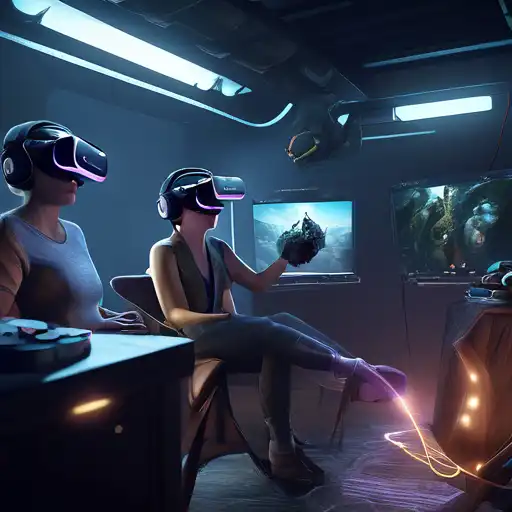Introduction to Virtual Reality
Virtual Reality (VR) has transformed the way we interact with digital content, offering immersive experiences that were once the stuff of science fiction. This guide will walk you through the essentials of creating captivating VR experiences that engage and astonish users.
Understanding VR Technology
Before diving into VR development, it's crucial to understand the technology behind it. VR relies on headsets and sensors to create a simulated environment that users can interact with in a seemingly real or physical way.
Designing for Immersion
Immersion is the key to successful VR experiences. This involves designing environments and interactions that feel real and engaging. Consider factors like spatial audio, realistic textures, and intuitive controls to enhance immersion.
Choosing the Right Tools
There are several tools and platforms available for VR development, including Unity and Unreal Engine. Selecting the right one depends on your project's requirements and your team's expertise.
Best Practices in VR Development
- Focus on user comfort to prevent motion sickness.
- Optimize performance to ensure smooth experiences across devices.
- Test extensively with real users to gather feedback and make improvements.
Future of VR
The future of VR is bright, with advancements in technology making it more accessible and realistic. Staying updated with the latest trends and technologies is essential for anyone looking to make a mark in the VR space.
For more insights into immersive technologies, check out our guide on augmented reality.
Conclusion
Creating immersive VR experiences requires a blend of creativity, technical skills, and an understanding of user needs. By following the guidelines outlined in this article, you're well on your way to developing VR content that stands out.
